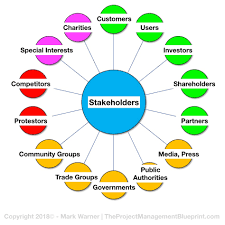State Life Training Program:
The State Life Training Program Rs.20000/month FA/FSc Insurance Corporation of Pakistan offers an exceptional career opportunity to Intermediate.
And also State Life Training Program Rs.20000/month FA/FSc are A-Level students or equivalent qualification to qualify as Fellows of the Society of Actuaries, USA or the Institute of Actuaries, UK from State Life Training Program Rs.20000. These are internationally recognized and highly prestigious qualifications.
State Life Offers:
A monthly stipend of Rs. 20,0001- will be paid during the training period of two years.
A permanent post as Executive Officer will be offered on successful completion of the training period (i.e. passing two subjects of the Institute of Actuaries or two exams of the Society of Actuaries) with gross remuneration of around Rs. 45,0001- per month plus attractive fringe benefits.
Rapid career advancement and salary escalation on passing further actuarial examinations.
Structured training program with generous study leave
and financial assistance with course and exam fees.
Qualifications:
Applicants must have passed either:
The intermediate exam, with at least 75% aggregate
marks and at least 80% marks in Mathematics,
Or The London / Cambridge G.C.E_ (0-level) in at least five subjects including a pass in English Language or Literature and a minimum of two passes at Advanced Level (A-Level),
One of the Advanced Level passes must be in Mathematics with at least Grade-A or at least Grade-B in case of Further Mathematics or Higher Mathematics) and the other pass must be with at least Grade-C.
- Age:
The maximum age should be 20 years on the date of publication of this advertisement.
How to Apply:
Candidates are required to apply through the prescribed `Application Form" which can be downloaded from the State Life website: www.statelife.com.pk.Please send the Application Form along with two passport-size photographs, a copy of CNIC, and attested copies of educational certificates within 15 days of publication of this advertisement.
Only shortlisted candidates will be called for the written test I interview for State Life Training Program Rs.20000/month FA/FSc.
The number of posts for induction under the Actuarial Training Scheme is Eight (08).
Divisional Head (P&GS)
State Life Insurance Corporation of Pakistan, Principal Office, State Life Building No.09,
Dr. Ziauddin Ahmed Road, Karachi. Ph # 021-99204591
Note: If you learn about the Queen Elizabeth Scholarship visit here.










